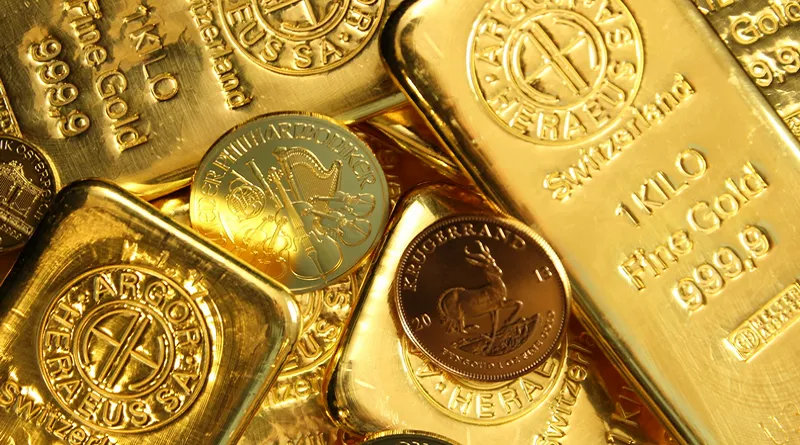Gold has experienced significant gains in 2024, rising approximately 20% since January, with analysts attributing much of this growth to the People’s Bank of China (PBoC), which has been consistently purchasing substantial amounts of gold for the past 18 months.
Although the PBoC has recently paused its gold acquisitions, analysts from Capital Economics anticipate that this hiatus will be short-lived. They argue that China’s gold-buying spree is likely to continue, driven by global economic uncertainties, escalating geopolitical tensions, and China’s ongoing strategy to diversify away from the U.S. dollar.
Capital Economics highlighted that China’s gold purchases, combined with robust physical gold demand and an increase in ETF holdings, played a crucial role in driving gold prices up earlier this year. They project that as China’s economic growth slows over the coming decade, demand for gold will rise, likely leading to increased volatility and higher prices in the gold market.
In addition to the central bank’s activities, there has been a notable rise in physical gold demand in China, returning to levels seen before the pandemic. The analysts pointed out that the surge in demand for “paper gold” assets, such as ETFs and futures contracts, has also contributed to the gold rally. Despite this, Chinese demand for such assets remains relatively smaller compared to Western markets. However, the influx into Chinese ETFs has more than counterbalanced outflows from North American funds during the February-April rally.
Looking ahead, Capital Economics expects that the PBoC may hold off on further gold purchases until prices decline from their current highs. They cited cyclical factors that could weaken gold demand in the short term, including high prices impacting jewelry demand, expected fiscal stimulus to support the economy, and anticipated improvements in stock market performance due to undervaluation of local equities.
Despite the current pause, the analysts foresee a resurgence in China’s gold demand due to expected economic challenges, particularly in the real estate sector. They predict that gold will become increasingly attractive as a safe-haven investment, especially as fiscal stimulus only temporarily mitigates the impact of the property market downturn.
Capital Economics noted that gold constitutes a relatively small portion of China’s reserves, and as the country seeks to reduce its reliance on the dollar, gold could play a larger role in its reserve strategy. They suggested that if the PBoC were to increase its gold holdings to match the 9% share seen in India, it would necessitate around 15,000 tonnes of gold—equivalent to approximately 30% of global gold demand in 2023. This shift could add about 3% to annual gold demand over ten years, supporting prices.
While short-term PBoC purchases might remain subdued, Capital Economics anticipates that both central bank and private sector gold acquisitions in China will rise as the economy faces various headwinds. This increased demand is expected to exert a stronger influence on global gold prices, potentially leading to more pronounced price volatility and upward trends in the future.


